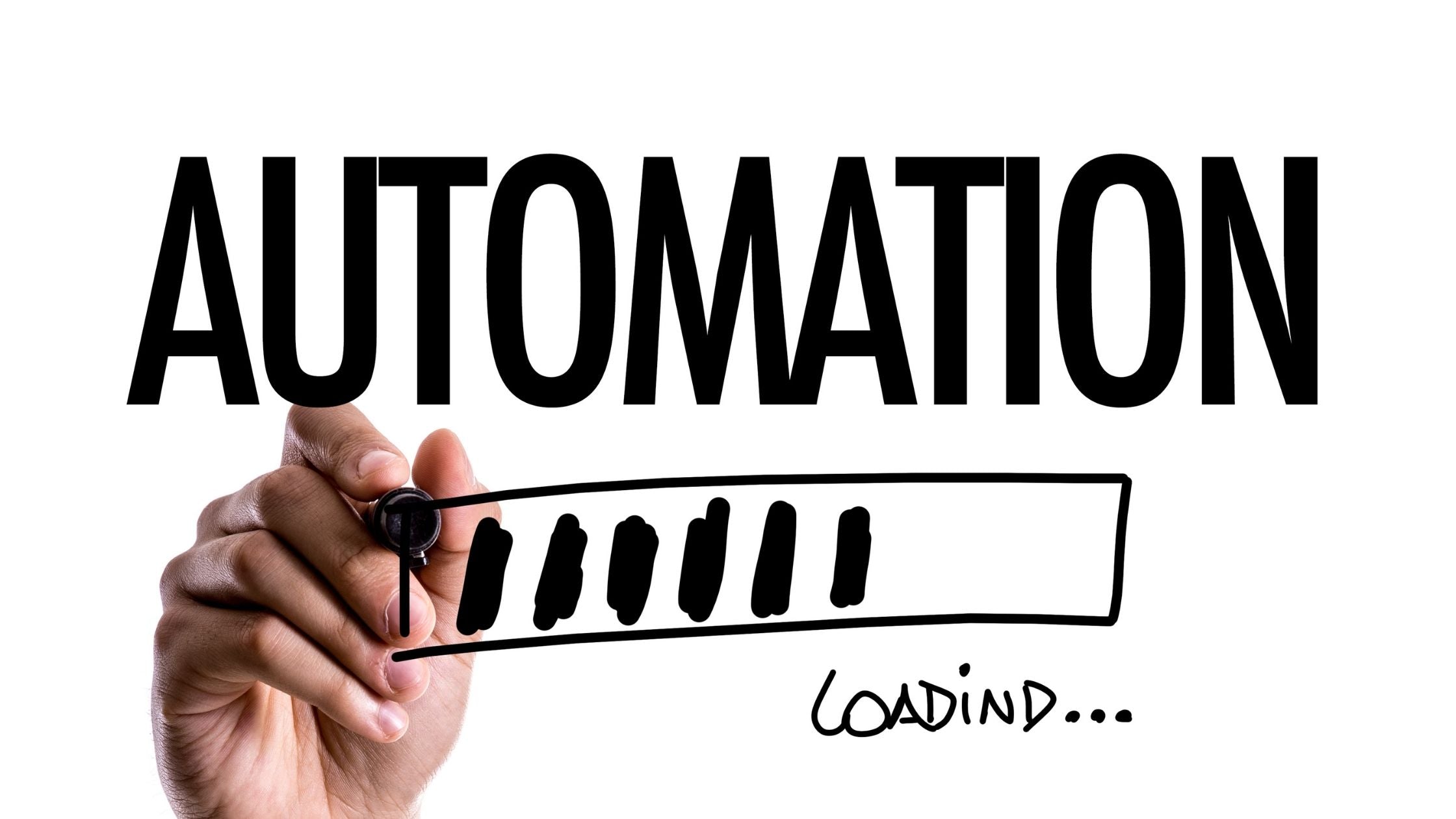Remember those days when restoration contractors were using pen & paper to capture everything into manila folders…

…and the rest was kept in memory and travelled through word of mouth?
In 1995, Xactware released a data analytics tool, XactAnalysis, which acted as a communication bridge between contractors and carriers to share claim information. From its inception, it took close to 6 years for the industry to embrace this new digital tool. By 2001, there was finally enough data to start benchmarking industry averages. The numbers collected were based on submitted job files across North America and number don’t lie:
|
|
The number of days |
|
from claim received to a customer was contacted |
11 |
|
from customers were contacted to inspection |
13 |
|
after the inspection till an estimate was written and returned |
33 |
Over the last three decades, we saw trends of paper consumption being tripled. Even today, 90% of all information recorded in business is still captured on or printed to paper. Shocking?
The use of pen and paper had greatly reduced the efficiency of restoration contractors in retrieving information and reacting to crisis in a timely manner. As a result, restoration companies struggling to keep up with administration require an increase in staff as they scaled.
In the early 2000s, the industry exploded with a plethora of different software solutions, each one managing different aspects of business. Claims intake, file management, moisture tracking, content inventory, job costing, mobile apps, CRM and more. All provided a better way to increase the contractor’s visibility.
But here comes another issue… change resistance. I am sure we all would agree that the restoration industry was populated with contractors who were resistant to the use of technology. Let’s not forget that even with the latest and most advanced technology, constant data input from users is still required to manage data efficiently and receive meaningful information.
No doubt that those that leveraged these technologies became more efficient at coordinating and responding to the rapidly changing industry. The speed of information processing steadily increased along with expectation to record more data and react more quickly. However, the need to provide real-time updates and communications to customers required these systems to stay connected.
Hence, smart devices emerged and became the new tool of choice, opening the door for contractors to mobilize their workforce 24/7 from anywhere and at anytime.
But that’s not it.
In hopes of automating production, these standalone systems added another layer of complexity. Additional entry was required to feed data into separate platforms. Hence creating duplication, missing information, and loss of visibility.
Statistically 1 out of every 100 keystrokes is an error, which is multiplied by the number of times information is duplicated. The need for office administrators to manage data, its integrity, and to ensure things were not missed became an ever-growing burden. The industry demanded more connectivity to share information and reduce administration.
Technology became an integral part of every restoration business. “Integration” was the new buzz word. In an effort to streamline workflow, restoration companies began offering integrated solutions through API’s or third-party connectors. These technologies allowed cycle times to drop significantly according to statistics published in 2016.
|
The number of days |
Before |
After |
|
from claim received to a customer was contacted |
11 |
1-2 |
|
from customers were contacted to inspection |
13 |
3 |
|
after the inspection before an estimate was written and returned |
33 |
6 |
As technology advanced, the restoration industry began to redefine what was required, with expectations becoming more stringent. Compliance was now the focal point, and the ability to measure these a necessity. However, simply meeting with compliance could not ensure a company's success or profitability. As much as contractors embraced the consistent flow of work, it required the right technologies in place to stay on top.
Industry guidelines are now more clearly defined than ever before. QA products are making it easier for carriers & TPA to reduce estimate values, tighten cost & margins all while reducing cycle times.
As technology catches up to what is possible, the industry will adjust to accommodate a new expectation. There is no doubt technology has come a long way and it will continue to evolve, changing the way contractors do business. As the industry shifts towards automation in production, compliance & communication, the need for technology will continue to become more integral. Those that embrace technology will be able to keep up with what is required and those that choose to ignore it will get left behind.
As a software developer for the restoration industry, PSA’s goal has always been to service our clients, “The Contractors”, helping you connect job management, CRM, and accounting systems to reduce administration and help scale and grow your business. If you are a restoration contractor looking to increase productivity, eliminate duplication, and maximize profitability, we look forward to showing you how we can help. Feel free to reach out to sales@canamsys.com
